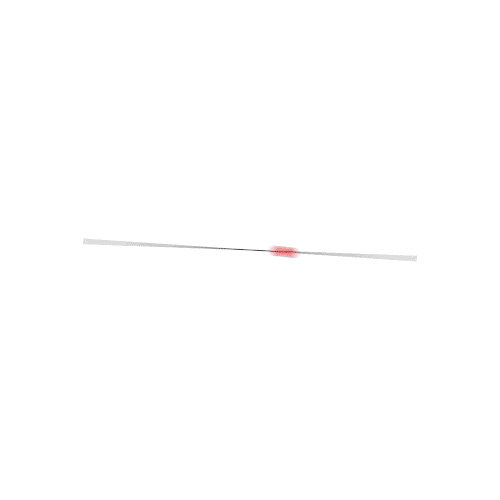The Krupp Protze (official designations: L2H43 or L2H143) was a German light truck from the Second World War. The first prototypes of the vehicle were created in the early 1930s, and serial production continued in the years 1934-1941, ending with the production of about 7,000 vehicles of this type. The L2H143 version was powered by an engine Krupp M 304 with a power of 60 HP. Cars of this type did not have permanent weapons. The Krupp Protze car was created in connection with the intensive motorization and mechanization of the German armed forces after the Nazis took power in 1933. Two main versions of the vehicle were created in the course of serial production. The first was designated L2H43 and was powered by a 55hp engine and entered production in 1934. However, very quickly, as early as 1936, it was replaced by the L2H143 version, which was powered by a 60 HP engine and an increased rear wheelbase. Regardless of the version, the Krupp Protze was characterized by high mechanical reliability, good off-road properties and good traction. The drawbacks were the high fuel consumption, higher than in the Opel Blitz, and the need for careful maintenance. They were often used as artillery tractors for the PaK 36 guns (Kfz.69 version) or as 20mm anti-aircraft guns (Kfz.81 version). Krupp Protze cars served throughout World War II, especially during the September campaign (1939), the campaign in France (1940), North Africa (1941-1943) and on the Eastern Front (1941-1945).The Horch 1A (or: Horch 108) was a German off-road passenger car from the interwar period and World War II. The first prototypes of this car were built in the mid-1930s, and serial production started in 1938 and lasted until 1941. The length of the vehicle was 4.85 m, with a height of 2.04 m and a width of 2 meters. The curb weight was up to 3,600 kilograms. The drive was provided by a single, 8-cylinder Auto-Union engine with a capacity of 3.8 liters and power up to 81 HP. With time, however, the Ford engine (produced in Germany) with a capacity of 78 HP was used. The Horch 1A was developed for the needs of the German armed forces, which, along with its rapid growth after 1933, aimed at obtaining a universal, light and possibly reliable passenger-off-road vehicle. The Horch plant met these needs by developing the vehicle presented below. The vehicle uses such solutions as, for example, all-wheel drive, independent suspension of each wheel or the possibility of turning all wheels. Anyway, the last solution turned out to be highly unsuccessful in the course of operation. It is worth noting that already in the course of World War II, the design of the car was simplified, which was manifested by, for example, the abandonment of the recesses in the fuselage for spare wheels. Horch 1A served in the German armed forces on virtually all fronts until 1945.


